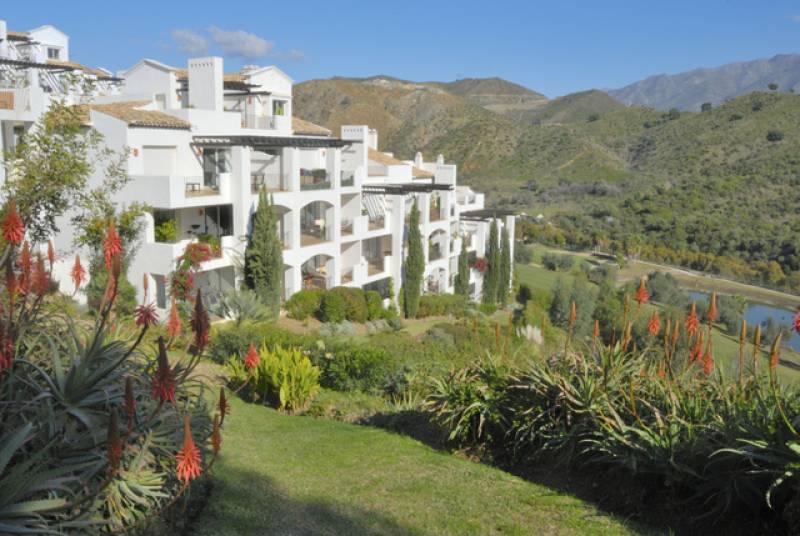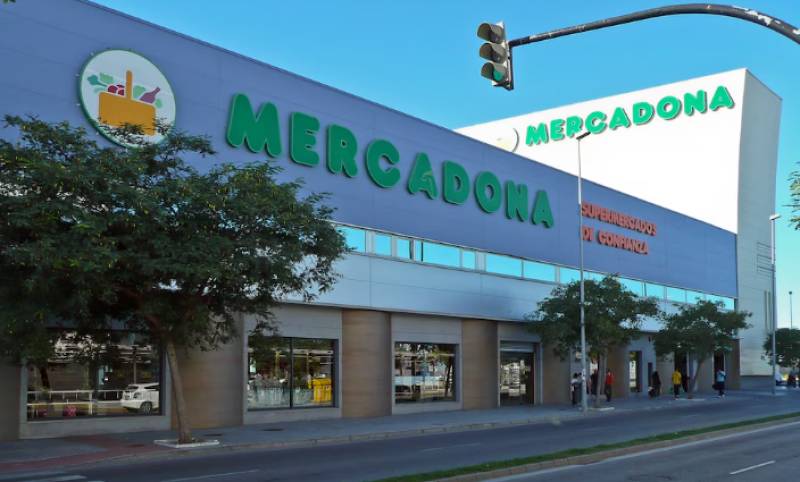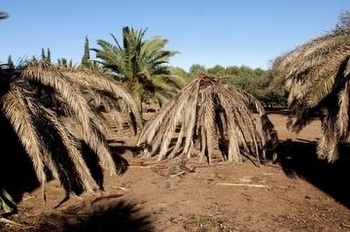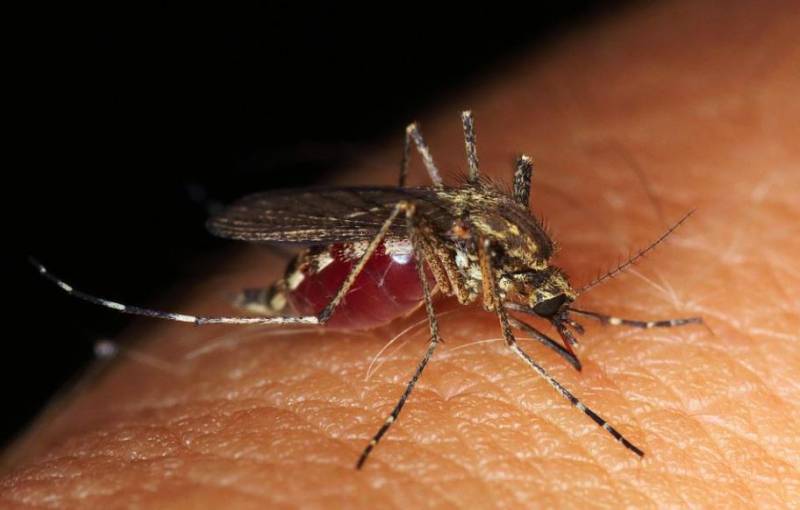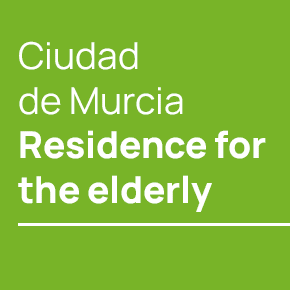- Region
- Águilas
- Alhama de Murcia
- Jumilla
- Lorca
- Los Alcázares
- Mazarrón
- San Javier
-
ALL AREAS & TOWNS
- AREAS
- SOUTH WEST
- MAR MENOR
- MURCIA CITY & CENTRAL
- NORTH & NORTH WEST
- TOWNS
- Abanilla
- Abarán
- Aguilas
- Alamillo
- Alcantarilla
- Aledo
- Alhama de Murcia
- Archena
- Balsicas
- Blanca
- Bolnuevo
- Bullas
- Cañadas del Romero
- Cabo de Palos
- Calasparra
- Camping Bolnuevo
- Campo De Ricote
- Camposol
- Canada De La Lena
- Caravaca de la Cruz
- Cartagena
- Cehegin
- Ceuti
- Cieza
- Condado de Alhama
- Corvera
- Costa Cálida
- Cuevas De Almanzora
- Cuevas de Reyllo
- El Carmoli
- El Mojon
- El Molino (Puerto Lumbreras)
- El Pareton / Cantareros
- El Raso
- El Valle Golf Resort
- Fortuna
- Fuente Alamo
- Hacienda del Alamo Golf Resort
- Hacienda Riquelme Golf Resort
- Isla Plana
- Islas Menores & Mar de Cristal
- Jumilla
- La Azohia
- La Charca
- La Manga Club
- La Manga del Mar Menor
- La Pinilla
- La Puebla
- La Torre
- La Torre Golf Resort
- La Unión
- Las Palas
- Las Ramblas
- Las Ramblas Golf
- Las Torres de Cotillas
- Leiva
- Librilla
- Lo Pagan
- Lo Santiago
- Lorca
- Lorquí
- Los Alcázares
- Los Balcones
- Los Belones
- Los Canovas
- Los Nietos
- Los Perez (Tallante)
- Los Urrutias
- Los Ventorrillos
- Mar De Cristal
- Mar Menor
- Mar Menor Golf Resort
- Mazarrón
- Mazarrón Country Club
- Molina de Segura
- Moratalla
- Mula
- Murcia City
- Murcia Property
- Pareton
- Peraleja Golf Resort
- Perin
- Pilar de la Horadada
- Pinar de Campoverde
- Pinoso
- Playa Honda
- Playa Honda / Playa Paraíso
- Pliego
- Portmán
- Pozo Estrecho
- Puerto de Mazarrón
- Puerto Lumbreras
- Puntas De Calnegre
- Region of Murcia
- Ricote
- Roda Golf Resort
- Roldan
- Roldan and Lo Ferro
- San Javier
- San Pedro del Pinatar
- Santiago de la Ribera
- Sierra Espuña
- Sucina
- Tallante
- Terrazas de la Torre Golf Resort
- Torre Pacheco
- Totana
- What's On Weekly Bulletin
- Yecla


- EDITIONS:
 Spanish News Today
Spanish News Today
 Alicante Today
Alicante Today
 Andalucia Today
Andalucia Today
Diving in Cabo de Palos and the marine reserve of Islas Hormigas and Isla Grosa
Wreck dives and spectacular underwater landscapes and abundant marine flora and fauna
Without any doubt the marine reserve between the headland of Cabo de Palos and the small islands known as Islas Hormigas is one of the prime diving locations on the Mediterranean coast of Spain, offering the chance to explore various shipwrecks, many of them dating from the two World Wars, as well as the abundant marine flora and fauna. In fact, in 2015 the reserve was named the best dive site in Europe, with the highlights including the largest posidonia sea grass meadows along the Murcia coastline close to Isla Grosa and El Farallón.
The marine reserve has been protected by the authorities since 1995, and between August and October it is not uncommon to see huge bait balls which attract pelagic fish, such as tuna, dentex and jacks as well as other predators. This is one of the reasons the area is so highly regarded, but please be aware that there is a strict policy of no touching or taking: take only photos and leave only bubbles!
The water in this area reaches a depth of 50 metres, and the main dive sites within the marine reserve include the following:
Bajo de Piles I – a 75-metre-long ridge of rock at depths of between 7 and 29 metres, home to a wide range of fish species and small, soft-bodied sea molluscs.
Bajo de Piles II - a second ridge running from east to west lies nearby at a depth of between 11 and 32 metres. In both of these areas the fish population is dominated by large groups of sea bass.
La Piedra del Francés – a rock formation just north of the Bajo de Piles I featuring coral formations and sponges.
Bajo de Dentro – a pinnacle of rock rising up from the sea bed, climbing from 50 metres to just 3 metres beneath the surface. On the northern face is a cave or grotto, surrounded by white and purple gorgonian soft corals, which leads out to another opening on the other side.
Bajo de la Testa – an enormous rocky plateau surrounded by posidonia sea grass and coral seaweed as it descends from a depth of 8 metres to 24 metres), punctuated by caves, extrusions and curves as if it were a river of rock.
Bajo de la Morra – one of the deepest areas of the marine reserve with the sea bed falling away suddenly to a depth of 23 metres.
Bajo de Fuera – a 100-metre-long ridge of rock beyond the small lighthouse of Islas Hormigas which rises from 55 metres to only 3 metres beneath the surface, and which caused numerous shipwrecks and sinkings in the late 19th and early 20th centuries, including those of the Sirio, the Minerva and the North America. This is regarded by many as one of the best dives in the Mediterranean.
In addition, outside the marine reserve of Cabo de Palos and Islas Hormigas the following locations are of interest to divers:
The wreck of the Carbonero - a 120-metre merchant ship lies on the sandy sea bed at a depth of 44 metres, where it is home to amberjacks, ocean sunfish, pollock and red scorpionfish.
La Laja – 1.4 miles from the Puerto de Tomás Maestre in La Manga, this is a hollow inhabited by barracuda, dentex, white seabream and, although nowadays in very low numbers, giant fan mussels.
Bajo del Descargador – a large rock measuring some 50 metres in diameter which lies on the sand at a depth of between 2.5 and 17 metres.
El Farallón and Isla Grosa – 1.2 miles from the Puerto de Tomás Maestre, these two small volcanic islands and the sea around them are home to a richly diverse selection of flora and fauna (depth 0 to 20 metres).
The wreck of the Stanfield – a highly technical dive is needed to visit the remains of this 120-metre merchant shipping vessel, which was transporting coal for the Italian army during the First World War and according to the captain was sunk when it was hit by a torpedo fired from a German U-boat. But on 25th June 1915, when the sinking occurred, it has since been established that there was no submarine in the area, and it is thought that the most likely explanation is that the vessel struck either the rocks of the Bajo de Fuera or another ship in the same convoy. This is borne out by the destruction suffered by the prow and the Morse code machine on board, which contains the message “full speed backward”!
The wreck of the Isla Gomera – also known as the "Naranjito" on account of the oranges it was carrying when it went down, the 52-metre Isla Gomera sank in 1946 to a depth of between 27 and 46 metres 1.36 miles from the port of Cabo de Palos, with one passenger dying in the wreck. Groupers, sea bass, dentex, sea bream, lobsters and conger and moray eels can be seen here, and sunfish also make occasional appearances.
The coves of Cabo de Palos – there are also attractive dive locations along the coastline of the headland, particularly at La Escalerita and Cala Fría, where the dives are easier and there are plenty of fish and attractive underwater landscapes to enjoy. La Escalerita is just below the lighthouse of Cabo de Palos and offers a wide range of attractions at depths reaching 20 metres, while very close by is Cala Fría, which borders on the marine reserve and is visited by many of the species which live within it.
The wreck of the L’Illa – this coal transport ship was serving the French army during World War I when it was hit by a torpedo during an attempt to help the under-attack SS Doris. The impact broke the ship in two, and lies between 42 and 46 metres under the surface.
The wreck of the Francolí - a Spanish merchant ship which was carrying fertilizers when it was sunk by U-Boot 49 under Commander Alfred Ehrensberger on 1st October 1918, leaving the 14 crew to be rescued by a French merchant vessel. This was the last ship sunk by UB 49. Depth 48 metres.
Images: Civers Cabo de Palos / https://buceaenlaregiondemurcia.com/
















